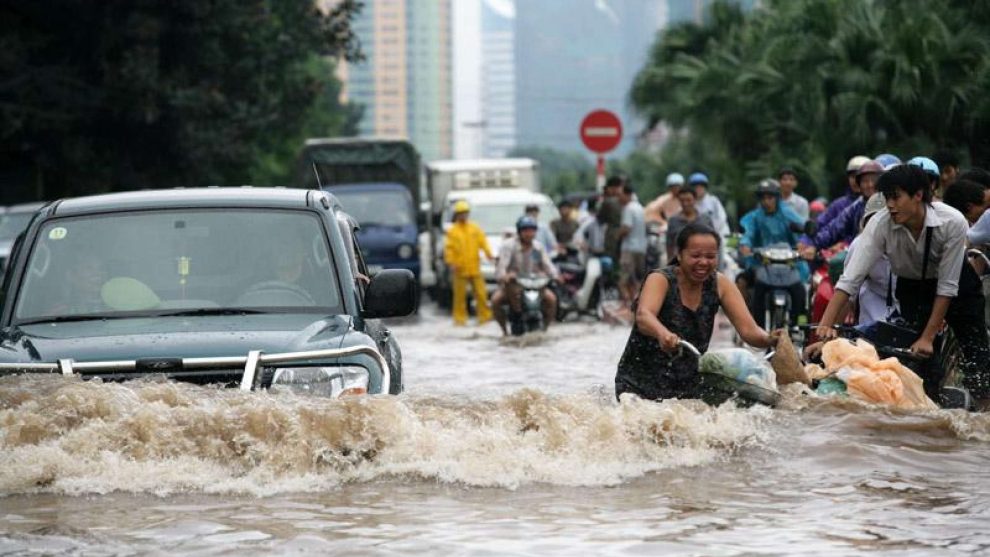From Jakarta to New Orleans, flooding poses a growing threat to communities worldwide. Rising sea levels, erratic weather patterns, and inadequate infrastructure create a perfect storm of vulnerability. To combat this rising tide, a new weapon is emerging in the arsenal of flood defense: Artificial Intelligence (AI).
Traditionally, flood prevention relied on static infrastructure like levees and dams, often with limited effectiveness. AI offers a dynamic and data-driven approach, promising to optimize existing infrastructure and unlock new strategies for mitigating flood risks. Let’s dive into the ways AI is reshaping the landscape of flood prevention:
1. Predicting the Unpredictable:
At the heart of AI’s flood-fighting prowess lies its ability to analyze vast amounts of data. Weather forecasting models are incorporating AI algorithms to refine predictions, anticipating downpours with greater accuracy. Real-time data from sensors monitors river levels, soil moisture, and precipitation, feeding into AI models that predict flood risks with unprecedented granularity. Imagine receiving targeted flood warnings hours before the water rises, allowing residents to evacuate or take precautionary measures.
2. Optimizing Reservoir Releases:
Reservoirs play a crucial role in moderating floods by storing excess water and releasing it gradually. However, managing these releases has always been a delicate balancing act. AI algorithms can analyze real-time data, historical trends, and downstream forecasts to determine the optimal release schedule. This data-driven approach minimizes downstream flooding while ensuring enough water remains in the reservoir for future needs.
3. Smart Waterways: Embracing the Flow:
Imagine waterways that automatically adjust their capacity based on incoming water flow. AI-powered systems can analyze data from sensors monitoring water levels, rainfall, and obstructions to dynamically control gates, pumps, and other waterway features. This proactive approach optimizes the flow of water, preventing overflows and mitigating flood risks.
4. Beyond Infrastructure: Early Warning and Community Resilience:
AI’s impact extends beyond physical infrastructure. Early warning systems utilizing AI can analyze social media data, satellite imagery, and sensor readings to identify potential flood risks and issue targeted alerts to specific communities. This granular approach ensures warnings reach those most vulnerable, increasing preparedness and evacuation efficiency.
5. Building Smarter Cities:
Flooding often exposes the vulnerabilities of urban infrastructure. AI can analyze city layouts, drainage systems, and historical flood data to identify areas most susceptible to flooding. This information can then be used to guide urban planning and development, incorporating flood mitigation measures into infrastructure projects from the outset.
Beyond the Hype: Challenges and Considerations:
While AI holds immense promise, its role in flood prevention is not without challenges. Data quality and accessibility are crucial for accurate predictions and optimization. Integrating AI systems with existing infrastructure requires careful planning and investment. Addressing potential biases in algorithms and ensuring ethical data usage is paramount. Public trust and community engagement are essential for successful implementation.
Conclusion: A Powerful Tool in the Toolbox:
AI is not a magic bullet for flood prevention. It’s a powerful tool that, when used responsibly and in conjunction with other strategies, can significantly improve our ability to manage floods and protect communities. As we navigate the rising tide of climate change, AI offers a beacon of hope in the fight against flood devastation. By harnessing its power responsibly, we can build a more resilient future where communities can weather the storm.
















Add Comment